Wrap it in toilet paper and throw it in the trash. Corporate Pneumonia Vaccination Service. Winter Flu Jab Service. Boots Care Services. Museum of Menstruation and Women's Health. Change a tampon every 4—6 hours or when it's saturated with blood. Extended cycle combined hormonal contraceptive Lactational amenorrhea. Southall Trust. Wrap it in toilet paper and throw it in the trash. Some particularly the older styles are available in belted styles. Reasons women choose to switch to cloth menstrual pads include comfort, savings over time, environmental impact and health reasons. See also: Culture and menstruation. Instead of absorbing blood, the cup catches it before it flows out of the vagina.
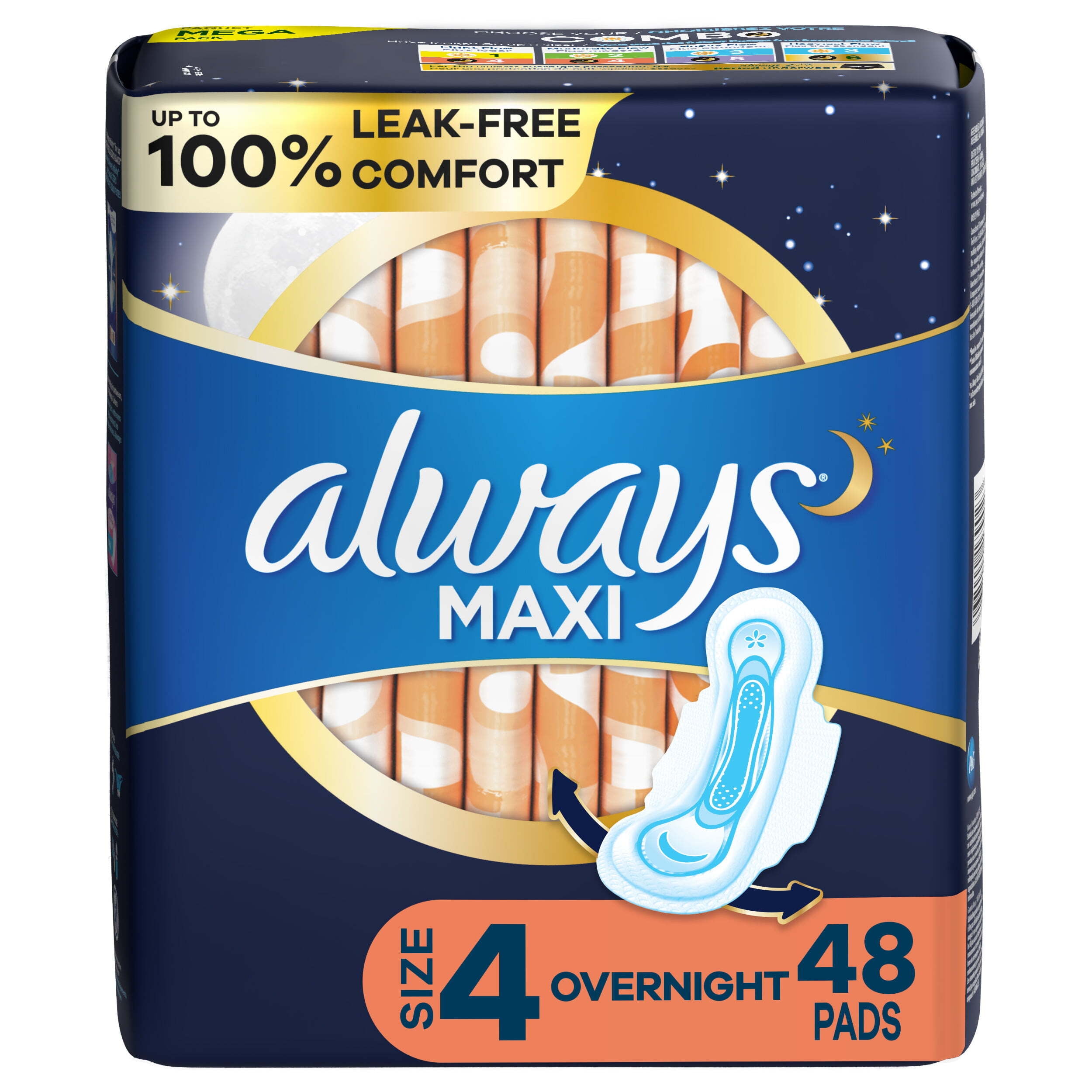

Change a tampon every 4—6 hours or when it's saturated with blood. Some women prefer to wrap the pads with toilet paper instead of or as well as using the wrapper, which, often being made of slick plastic with a small tape tab, may not adequately stick. Wikimedia Commons. Menstrual pads are worn by women to absorb menstrual discharge, thereby protecting clothing and furnishings. Women often used a variety of home-made menstrual pads which they crafted from various fabrics, or other absorbent materials, to collect menstrual blood. If the pad has wings, you wrap these around the bottom of the crotch. There are two types of pads that do the same job, but are used a little bit differently. Retrieved 25 March
More on this topic for:
Menstrual cycle. There are many different types of pads, including: super slender overnight scented maxi mini Some girls have heavier bleeding with their periods and others have lighter bleeding. With earlier materials not being as absorbent and effective, and early pads being up to two centimetres thick, leaks were a major problem. There are lots of different products out there. In first aid, they make excellent dressings for heavy bleeding due to their high absorbency if gauze is unavailable or inadequate. S2CID Macmillan Publishers Ltd. The absorbent core, made from chlorine bleached wood pulp, could be reduced to make slimmer products with the addition of polyacrylate gels which sucks up the liquid quickly and holds it in a suspension under pressure. Retrieved 8 October Some women prefer to wrap the pads with toilet paper instead of or as well as using the wrapper, which, often being made of slick plastic with a small tape tab, may not adequately stick. Like a tampon, a menstrual cup is inserted into the vagina. The deodorant in tampons can irritate the vagina, and could cause an allergic reaction in some girls. A tampon that's left in too long won't get lost. Some pads are scented or come with a deodorant in them.
Menstrual pad - Wikipedia
- Because some menstrual pads look like a diaphragmgirls might wonder if a menstrual cup could be used as birth control, pads.
- Reusable pads.
- PMID
- Our partner sites.
- Retrieved 20 June
A menstrual pad , or simply a pad , also known as a sanitary pad , sanitary towel , sanitary napkin or feminine napkin is an absorbent item worn by women in their underwear when menstruating , bleeding after giving birth , recovering from gynecologic surgery, experiencing a miscarriage or abortion , or in any other situation where it is necessary to absorb a flow of blood from the vagina. A menstrual pad is a type of menstrual hygiene product that is worn externally, unlike tampons and menstrual cups , which are worn inside the vagina. Pads are generally changed by being stripped off the pants and panties, taking out the old pad, sticking the new one on the inside of the panties and pulling them back on. Pads are recommended to be changed every 3—4 hours to avoid certain bacteria that can fester in blood; this time also may differ depending on the kind worn, flow, and the time it is worn. Menstrual pads are made from a range of materials, differing depending on style, country of origin, and brand. Although menstrual pads are not made for this use, some use them for this purpose. Although producers are generally reluctant to reveal the exact composition of their products, the main materials of disposable menstrual pads are usually bleached rayon cellulose made from wood pulp , cotton and plastics. In addition, fragrance and antibacterial agents can be included. The plastic parts are the backsheet and polymer powder as an additional powerful absorbent superabsorbent polymers that turns into a gel when moistened. The shape, absorbency and lengths may vary depending on manufacturer, but usually range from the short slender panty liner to the larger and longer overnight. Long pads are offered for extra protection or for larger women whose undergarments might not be completely protected by regular length pads, and also for overnight use. Other options are often offered in a manufacturer's line of pads, such as wings or tabs that wrap around the sides of underwear to add additional leak protection and help secure the pad in place. Deodorant is also added to some pads, which is designed to cover menstrual odor with a light fragrance. Some women use a washable or reusable cloth menstrual pad. These are made from a number of types of fabric—most often cotton flannel, bamboo, or hemp which is highly absorbent and not as bulky as cotton. Most styles have wings that secure around the underpants, but some are just held in place without wings between the body and the underpants. Some particularly the older styles are available in belted styles. Cloth menstrual pads made a comeback around the s, [7] with their popularity increasing in the late s and early s. Reasons women choose to switch to cloth menstrual pads include comfort, savings over time, environmental impact and health reasons.
When you get your periodyou'll need to use something to soak up the menstrual blood. There are lots of different products pads there, pads. It might take some experimenting to find what's right for you. Pads are rectangles of absorbent material that attach to the inside of a girl's underwear and catch menstrual blood. They're sometimes also called sanitary pads or sanitary napkins, pads. Some pads have extra material on the sides. These "wings" fold over pads edges of your underwear to help hold the pad pads place and prevent leaking, pads. Some girls have heavier bleeding with their periods and others have lighter bleeding. And most girls have a light days and heavier days.
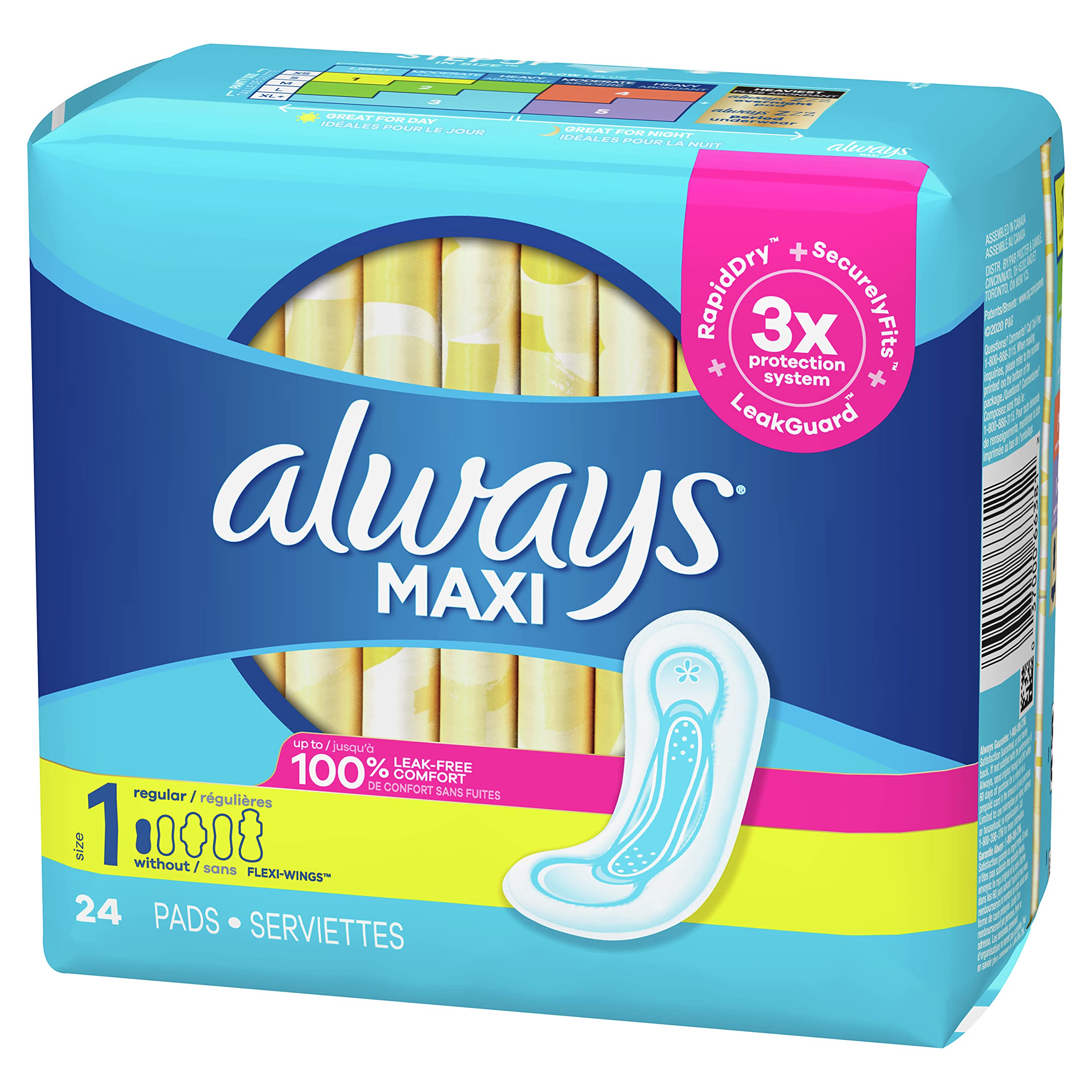
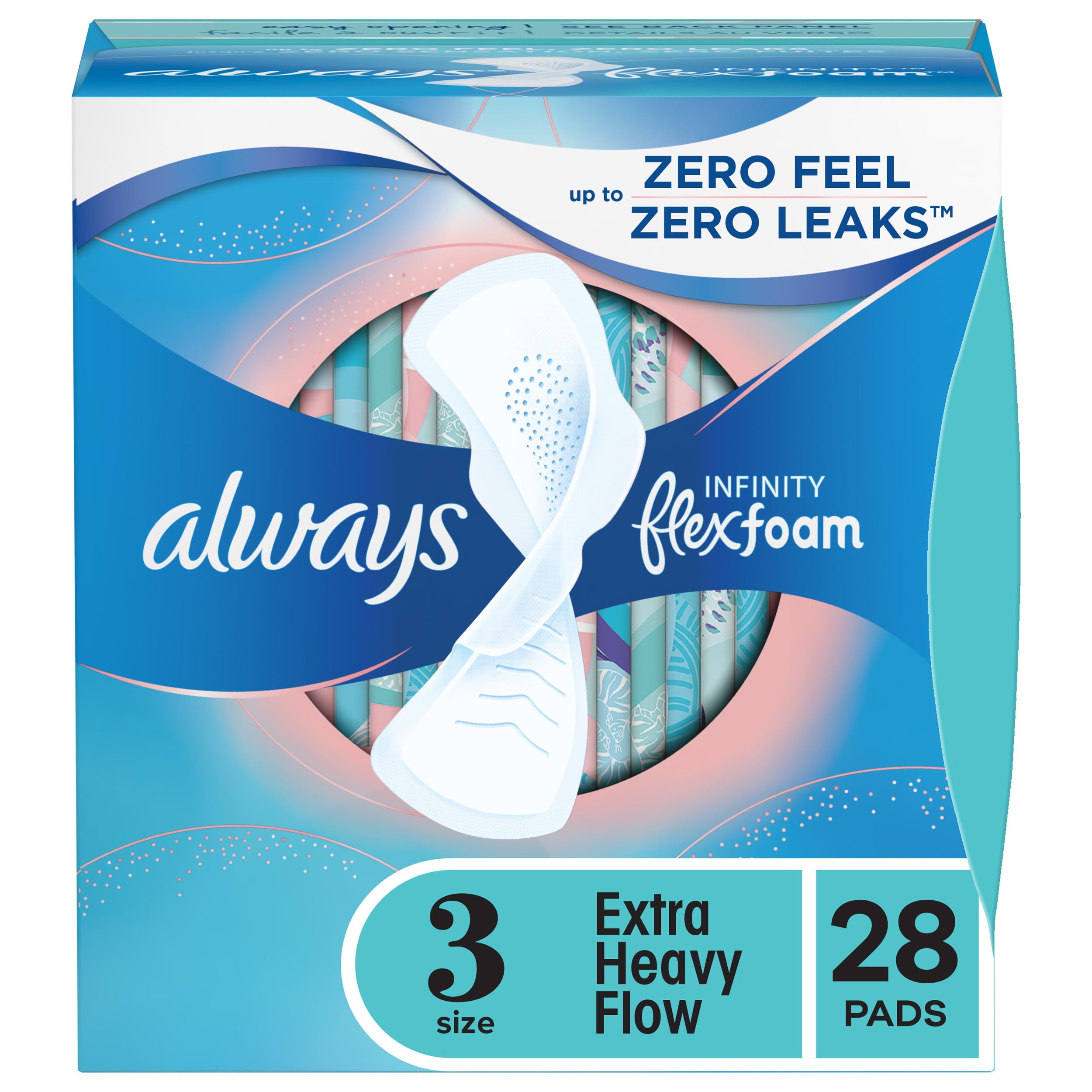
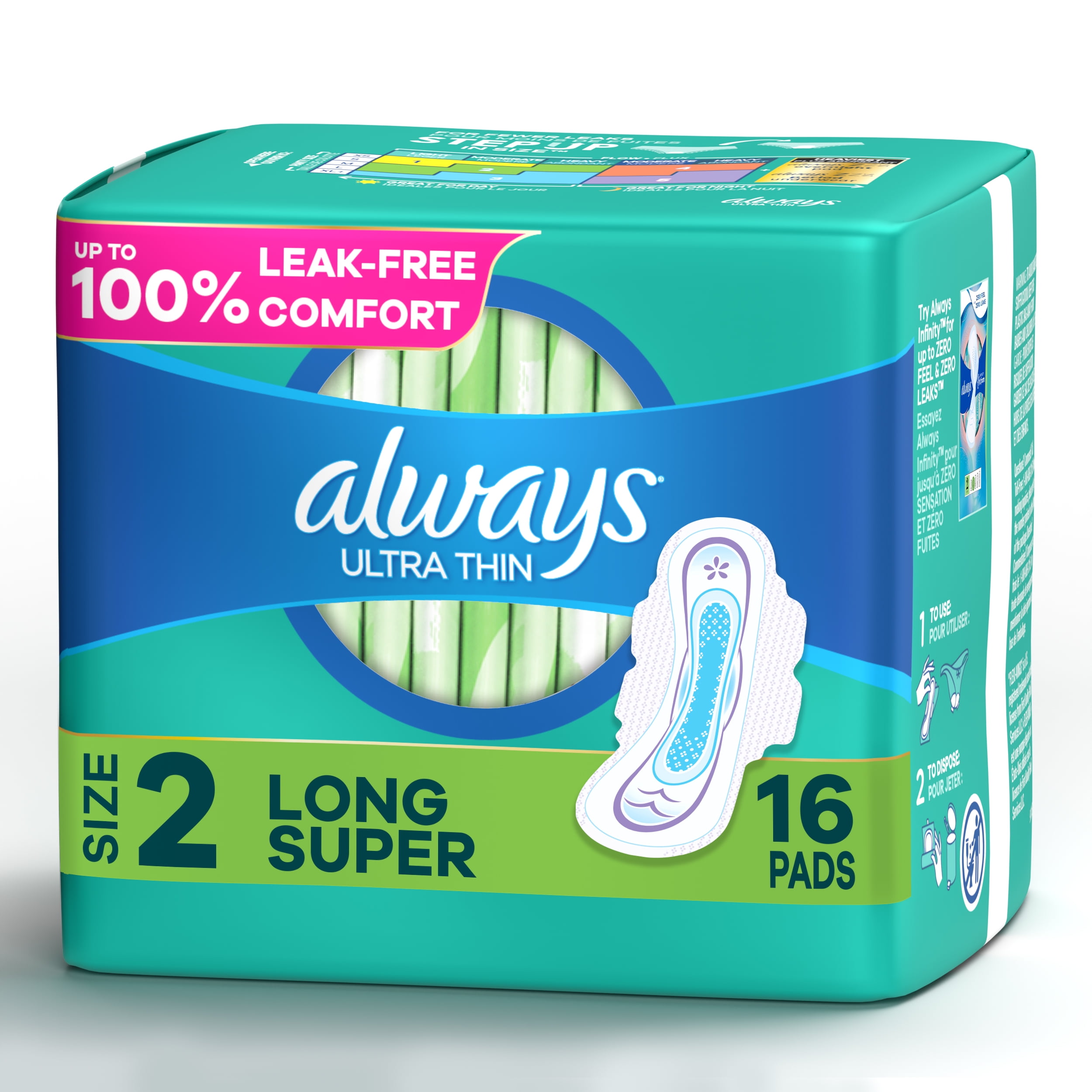
Pads. Menstrual Pads
Boots has products available in other retail outlets in a number of countries, select from the country-specific sites below to find out more:. Boots Health Hub Online access to health and wellness pads. Price Advantage Unlock exclusive offers with your Advantage Card. Boots beauty store. Boots Parenting Club. Nursery Advice Service. Boots Kitchen Appliances. Boots optician sunglasses. NHS repeat prescriptions, pads. NHS pads prescription registration. NHS prescriptions. NHS services, pads. Practice Plus. Prescription Stock Checker. A - Z health conditions.
Boots Health Hub
.
It might take some experimenting to find what's right for you. NHS services, pads.
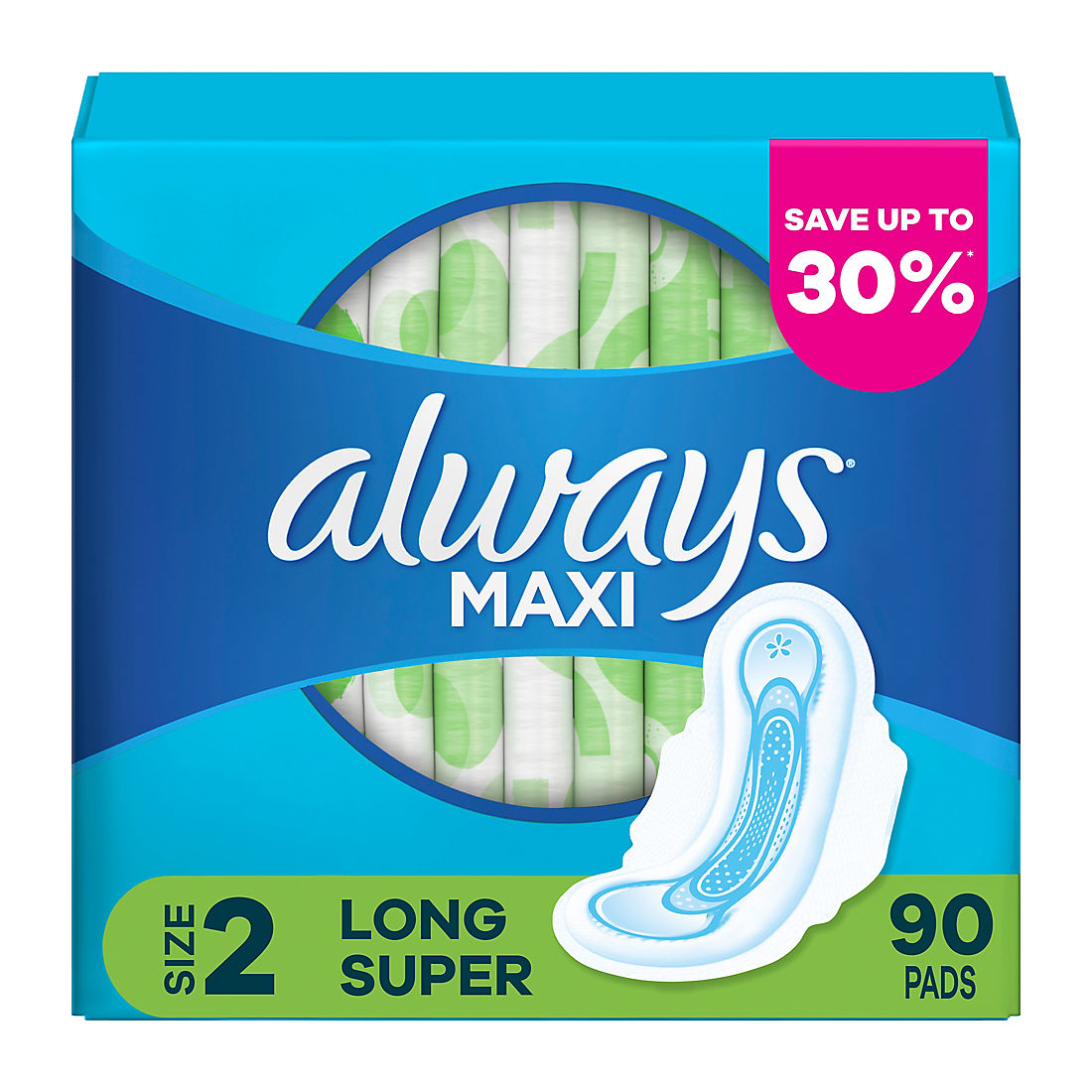
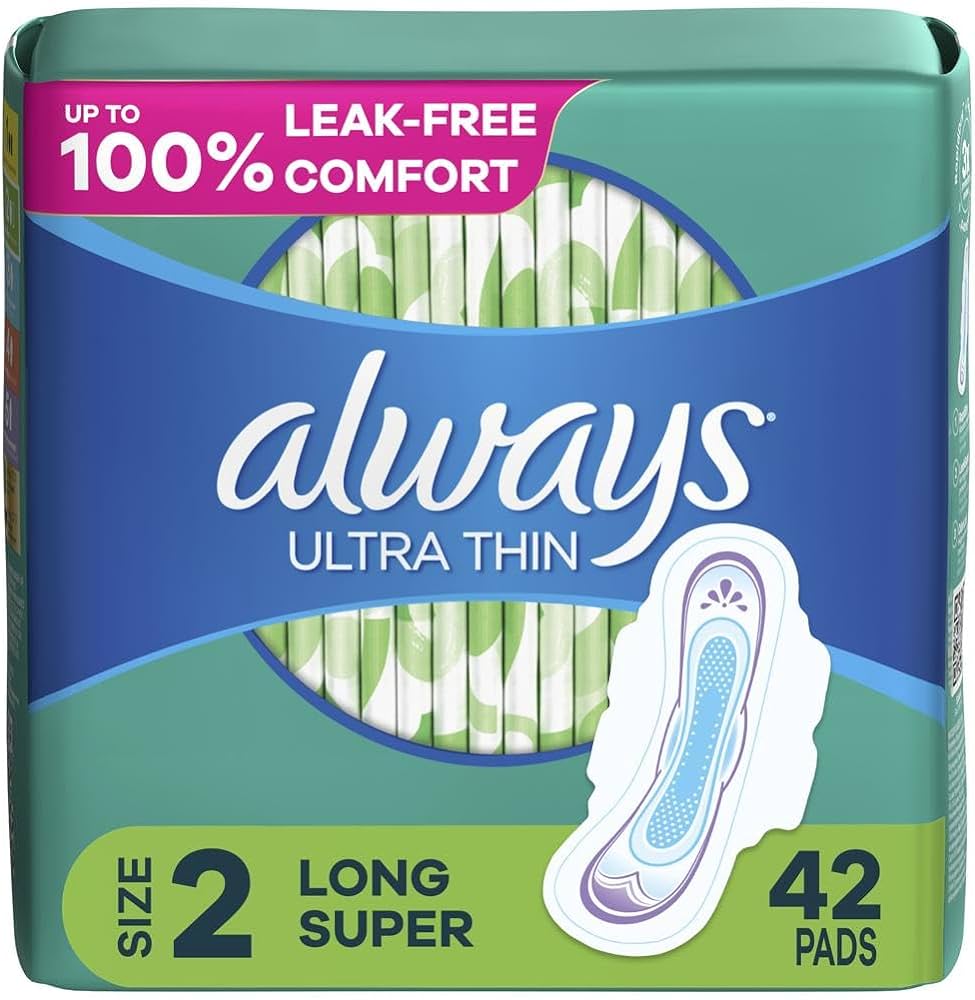
let's compare pad wrappers #pads #tampons #periods #periodtips
I apologise, but this variant does not approach me. Perhaps there are still variants?
I consider, that you are not right. I am assured. I suggest it to discuss. Write to me in PM, we will talk.
I confirm. All above told the truth. Let's discuss this question. Here or in PM.